

The Index of Medieval Art is pleased to launch a new series of blog posts that delve into the history of the organization through interviews with senior scholars in the field of art history. The “Guest Book Series” takes its name from the Index guest books, which have been signed by scores of art historians who have consulted the Index files over the past century. We’ve enjoyed reading their recollections, and warmly thank our interviewees for their time and responses.
Please tell us a little about yourself and your work. Where did you study? What inspired you to become a medievalist?
I’m not a medievalist but my work in Renaissance iconography has always depended on research material from earlier times. I had my first course in art history as a senior in high school, Mary Institute, St. Louis, 1942–1943. I majored art history at Washington University, St. Louis, receiving my M.A. (1949) under H.W. Janson, and did graduate work at the Institute of Fine Art, NYU, with Erwin Panofsky and others. I received my PhD on the basis of three related published articles in 1973.
When was your first visit to the Index in Princeton? Where was the Index located then? With whom did you work there? Do you remember anything especially interesting about your visit?
My first visit to the Index was in 1950. For a seminar with Panofsky, I was investigating the sudden appearance of the Infant St. John the Baptist in the Florentine early fifteenth century. The Index was in McCormick Hall. I met Rosalie B. Green and worked with her and Isa Ragusa. I also, by chance, met Professor Morey on that visit. I quickly found that the arrangement of the Index card catalog did not offer simple searching under the Baptist’s name. Learning the biblical structure of the index then helped me broaden the conceptual basis of my project and enriched my results.

In my years of working in the Biblioteca Apostolica Vaticana, it was always reassuring to know that the copy of the Index was there for consultation. In the 1980s, when I was a member of the Getty AHIP team, the precedence of the Index was a motivating factor in creating new computer tools for art historical research.
Have you made any great iconographic discoveries related to your research using the Index? Have you used the Index for teaching as well as for research?
I am told that my article on the iconography of the Infant St. John, published in 1955 in The Art Bulletin remains useful up to the present day.
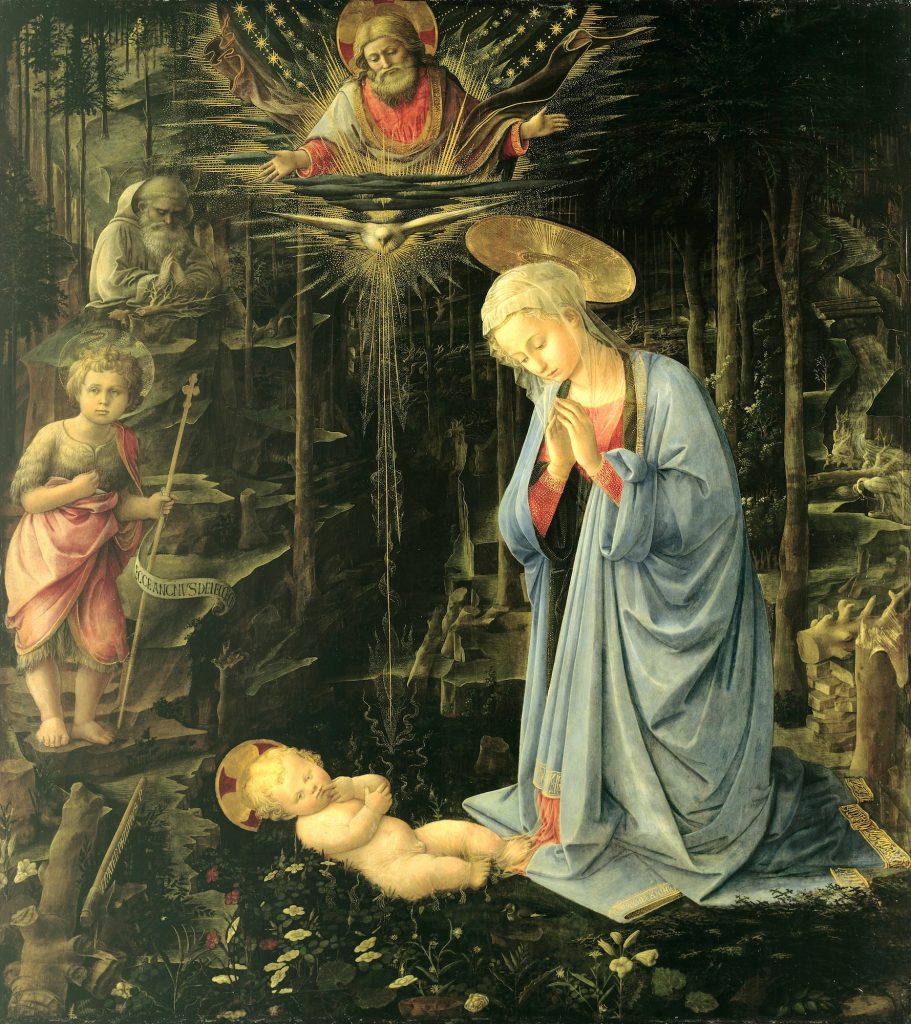
Do you have any observations about the evolution of the Index files and database? Where do you think Index work should go next?
With the appointment of Pamela Patton, the Index has finally hit its stride. Along with its change of name, broadened constituency, and superb technical improvements, the Index is fast becoming a major research center. It seems to me obvious that these advances indicate that the direction The Index of Medieval Art is going is the right one.
This blog post is the ninth in a series focusing on members of the Index staff. Today we introduce our student worker Brooke Jurgenson.
What year are you in your Princeton education? What are some of your favorite courses or subjects?
I am a second-year student in the Class of 2026. I intend to declare psychology as my major, but I also love philosophy, literature, and art history. My first year, I really enjoyed the Western Humanities Sequence, which traced the development of the Western intellectual tradition through such foundational works as Augustine’s Confessions and Mary Shelley’s Frankenstein. This semester, I am bridging my interests in psychology and philosophy with the course “The Psychological Foundations of the Mind” and branching out into linguistics by taking “On the Origins and Nature of the English Language.”
What do you do at the Index?
At the Index, I go through different iconographic categories, such as Virgin Mary, Dormition and Christ, Presentation, and add subjects to make the categories more comprehensive and accessible for researchers. For instance, I might add the subject tags “Joseph the Carpenter,” “Anna the Prophetess,” and “Dove” to all the records containing this imagery in scenes of the Presentation of Christ. I also collaborate with the Index research staff on refining the subject taxonomy and applying it more widely to records.
Aside from your experience at the Index, what was the most interesting job or internship you had?
In addition to fostering a love of medieval art at the Index, I have learned much about Princeton’s modern sculpture collection by serving as a Student Art Tour Guide with the Princeton University Art Museum. I lead small group tours around Princeton’s campus, highlighting the subtleties of Henry Moore’s bronze craftsmanship and Jacques Lipchitz’s mysterious abstractions.
What have you learned about medieval art since working for the Index? Has anything surprised you, or does anything stand out as extraordinary or curious about medieval art?
I absolutely love medieval art! Beautiful florals, ornate Latin scripts, gold pigments, and captivating renditions of the Virgin Mary and Christ Child regularly grace my screen. My appreciation for medieval art has grown immensely, and I have come to recognize just how rich and varied the subject area is.
I also never fail to come across the most mysterious and fun “hybrid creatures.” It is only here that I stumble across cats playing hurdy-gurdies and half-dragons slaying monsters. Medieval art truly expands your imagination.

Do you have a favorite work of art or favorite place you’ve visited?
This past summer, I took a somewhat impromptu trip to Berlin and visited the Bode Museum. I reveled in the amazing Byzantine collection there. Aside from medieval art, I enjoy Impressionism because of how it captures the ephemeral. My favorite work (as of right now) is Claude Monet’s “View of Vétheuil” painted in 1880, now in the collection of the Metropolitan Museum of Art in New York (Accession number 56.135.1).
What’s your favorite building or spot to sit on campus?
When it is warm outside, I love sitting on a bench in the garden behind Maclean House while reading. It is the perfect place to listen to the birds sing and feel the serenity of nature. I also love gazing at the stained glass windows of the Princeton University Chapel, watching the colorful dances of light play out in the sacred space.
Coffee or tea?
I avidly drink both coffee and tea, but I am a tea lover by heart. A steaming cup of freshly brewed green tea is all I need to be content.
NB: This satirical post was shared on April Fool’s Day, 2024.
Although some scholars have claimed to see something like pizza in a wall painting at Pompeii, most historians trace the origins of modern pizza to sixteenth-century Naples. However, researchers at the Index of Medieval Art have discovered previously unrecognized medieval evidence of pizzerias in manuscripts dating at least two centuries earlier.
These early pizza-making scenes depict workers baking crusts, as in the miniature of a fifteenth century Book of Hours (Princeton University Library, MS Garrett 54). Notice how the pizza chef thrusts a long-handled peel with a round crust into a roofed pizza oven. Other steps in the preparation of crust have been identified in the iconography of pizzerias, including a hybrid figure tossing a circle of dough into the air to give the pizza its custom shape. Tossing dough in the air has long been the preferred method in pizza preparation to thin out the crust and give it its signature stretchy, glutinous finish.
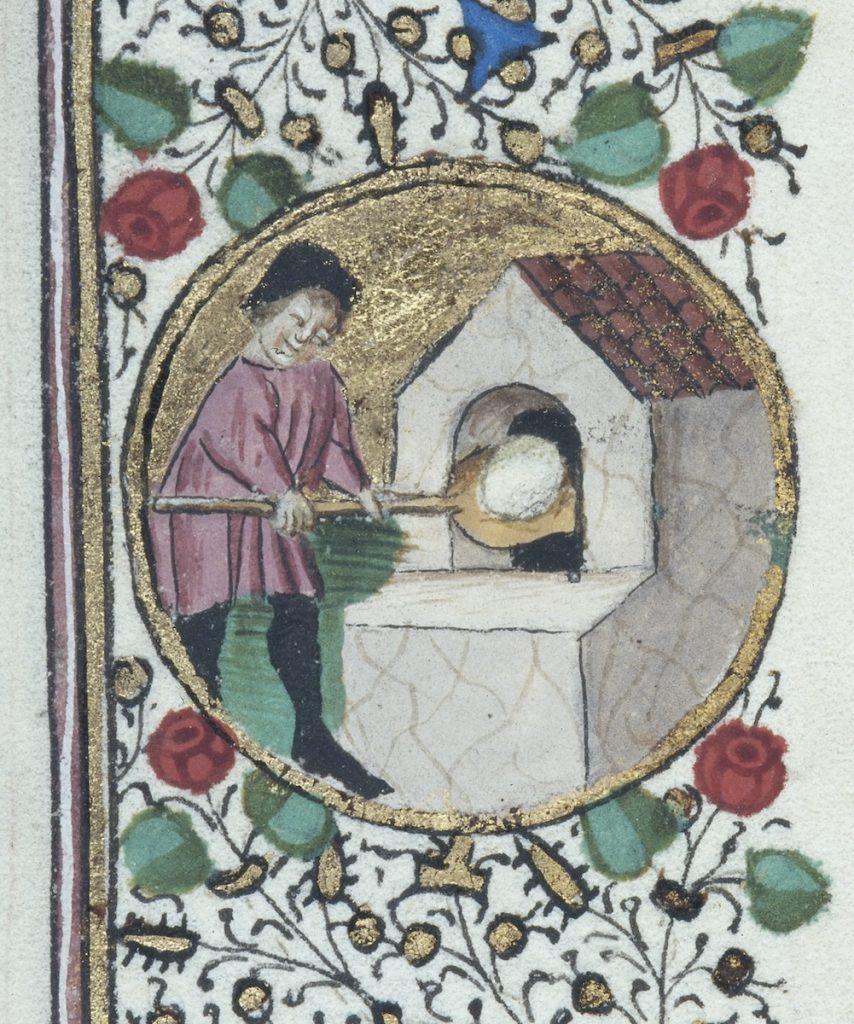
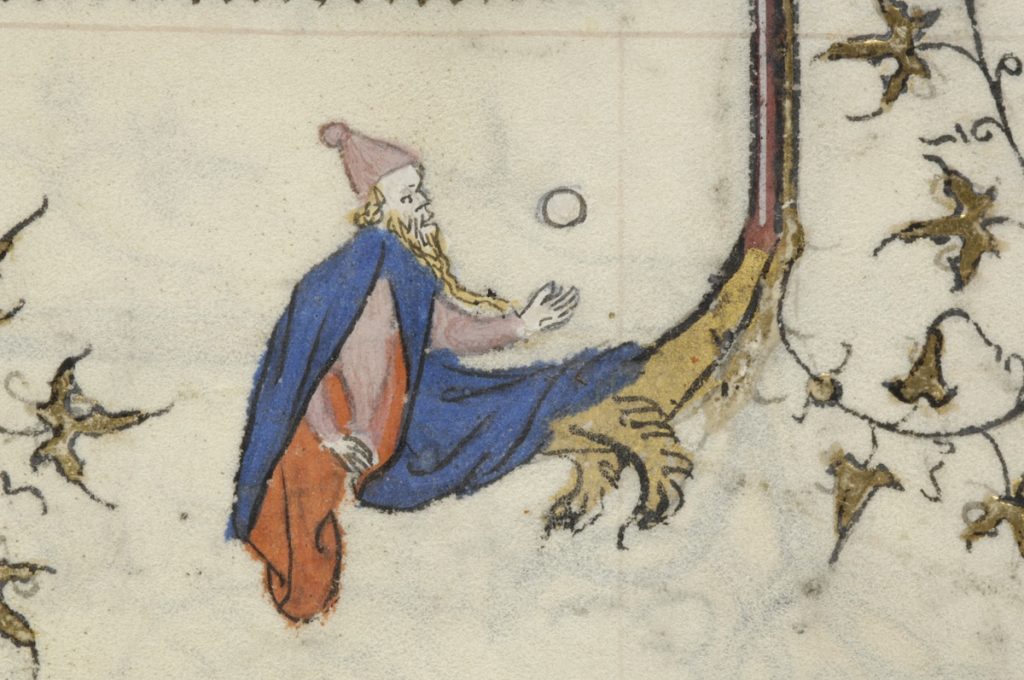
Our research found that the toppings for pizza throughout the medieval period would have run the gamut. The typical meats and vegetables that popularly eaten today would have featured on pizza in the Middle Ages, too…with one major exception: the edible berry of the plant Solanum lycopersicum, more correctly identified as the Amoris pomum and commonly called the “the tomato.” Tomato sauce on pizza was strictly prohibited due to the prevalence of the belief that the love apple is the devil’s fruit. But pizza was always a highly customizable dish, and pizza mongers were apt to use any combination of sauces with any number of toppings to suit their palates. Pineapple and anchovies on pesto with casu martzu was a particular favorite among both penitents and unrepentant heretics alike.
You can imagine our surprise at finding in one late fifteenth-century Neapolitan cookbook, known as the “Cuoco Napoletano,” a recipe for a type of blood sausage known as cervellato (manuscript inscribed “Cirvelato de carne de porco ho di vitelli”) with a mention of its use in pizza preparation. Legendarily, and much like today, sausage was a favorite topping among medieval consumers of pizza, and the following leaf in the cookbook describes such usage in great detail. Or are you a fan of fungi on your pies? Mushrooms too made it onto the menus of pizza chefs, and some illustrations in medieval manuscripts show the fleshy morsels lined up and ready to chop.
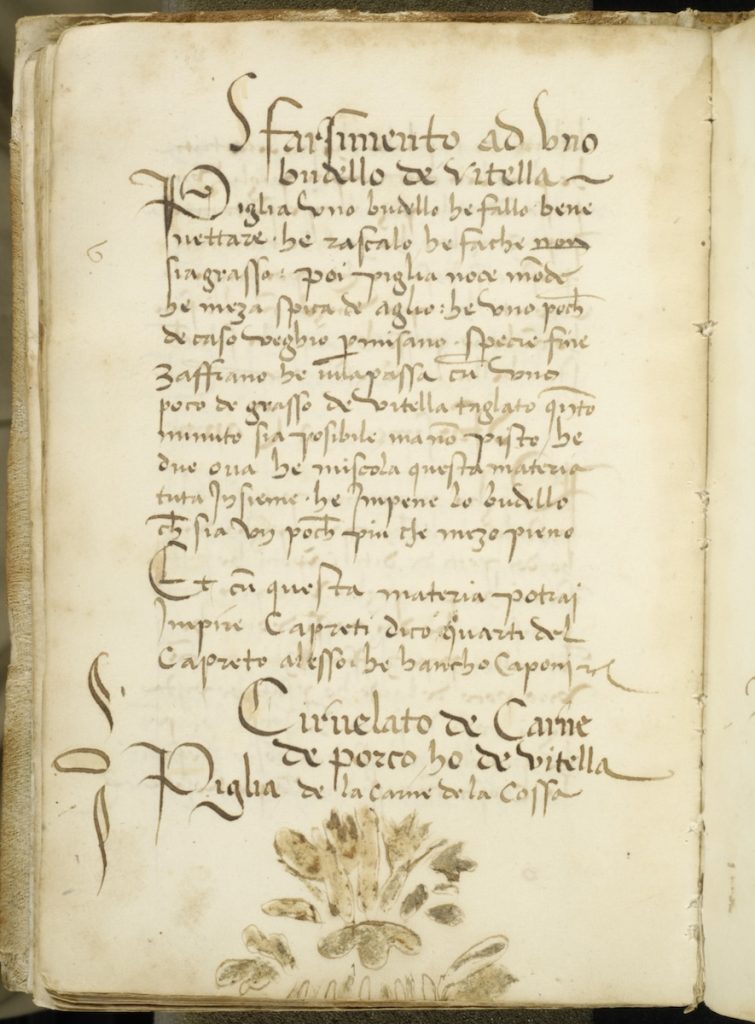
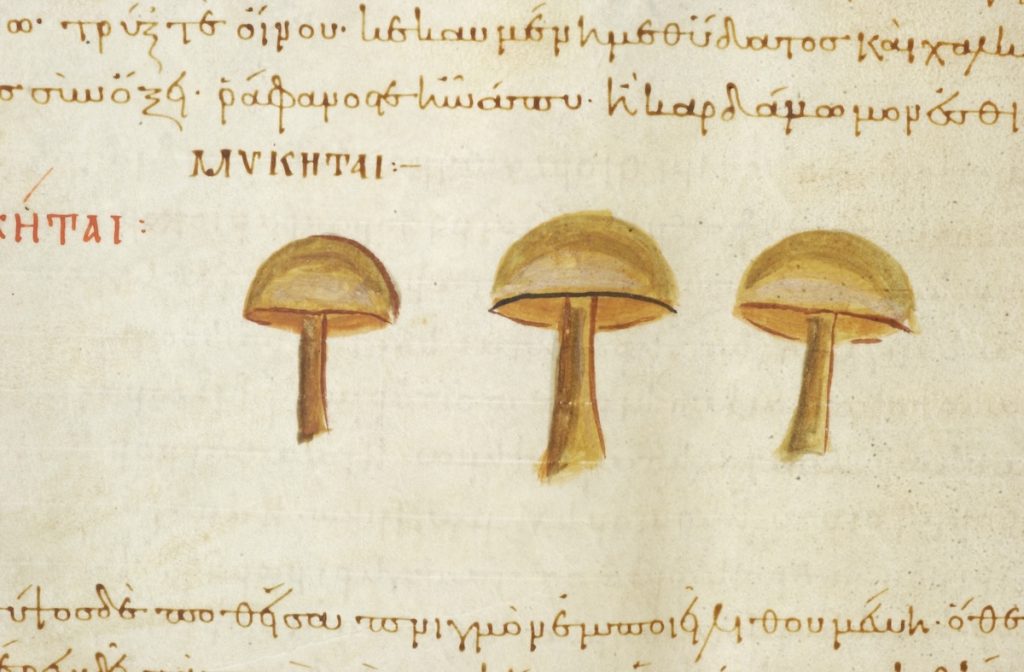
Whether deep-dish or thin with extra cheese, pizza was prized in the Middle Ages. Pizza to go wasn’t out of the ordinary, either, but the pie would have to be fiercely guarded by its consumer. Eating a slice, or “wolfing ’za” as the medieval collegiate vernacular would have it, was often a perilous, two-handed operation. In one medieval image, you’ll notice that a large man chowing down on a delicious slice folded in one hand was required to wield a club with his free hand to ward off would-be pizza poachers!
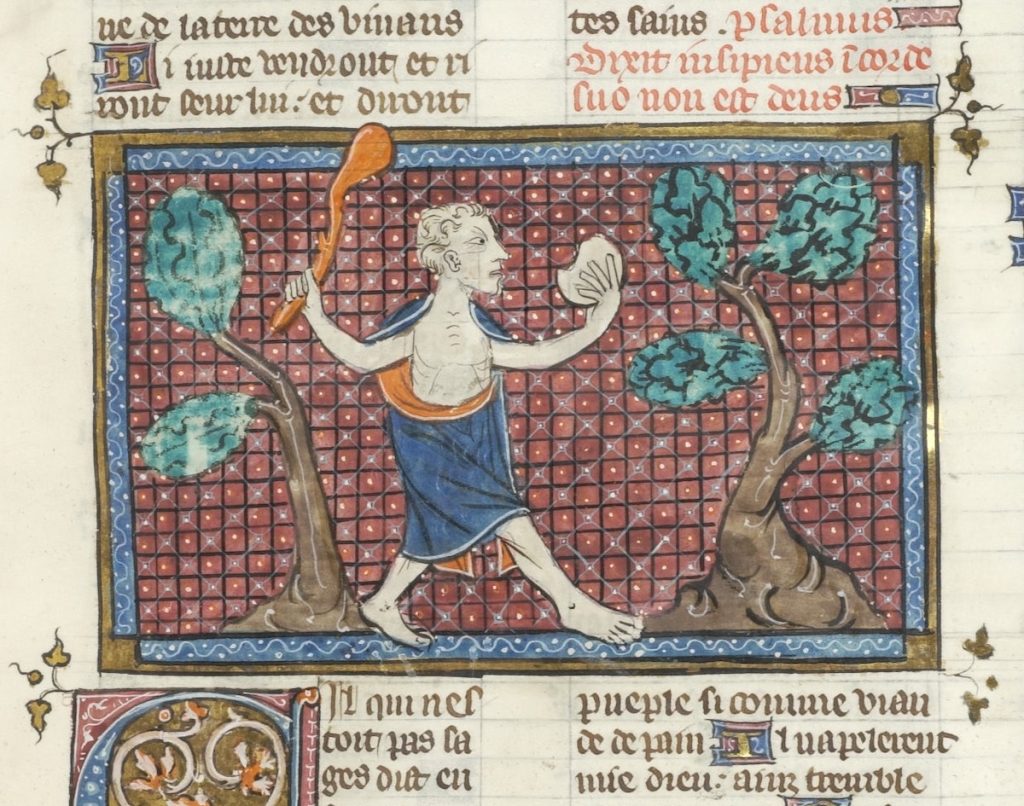
It was also a seasonal favorite. Such early forms of a pizza would have been regarded as the perfect addition to any menu on the first day of April.
(And by the way, April Fool!)